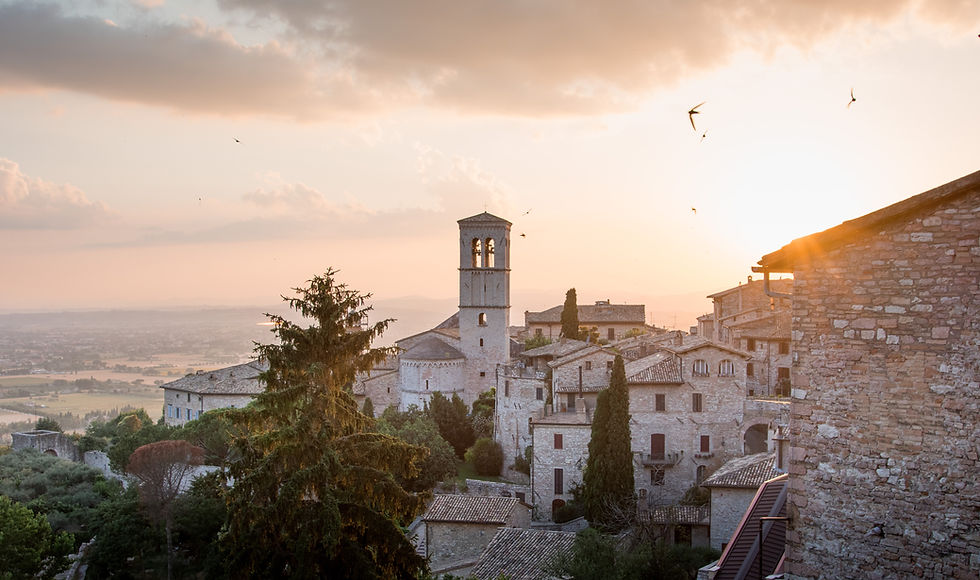Classifying and Rewriting Immorality in “Les Enfances de Renart”
- Jodie Miller
- Aug 12, 2023
- 3 min read
Updated: Aug 13, 2023
“Les Enfances de Renart” is one of the later branches of the Roman de Renart, an Old French literary cycle spanning from the late-twelfth century to the mid-thirteenth. This branch recounts the creation and naming of the trickster fox, Renart, and his band of ill-behaved companions. Written as an apocryphal Genesis, the plotline describes how Eve brings malfeasance into the world in the form of savage predators. She first creates the fox, the evildoer who represents those skilled in the art of ruse (sunt d’anging et d’art) (Strubel 1998, verse 104). Next comes the wolf, who is the father of pillaging (roberre) (verse 113). Finally, the she-wolf and she-fox represent those with desire (abaeresse) and lust (lecharesse) (verses 133-34).
At odds with the early branches in the cycle, the moral lineage outlined in this scene classifies human typologies that match the well-known Reynardian characters. In the moment of naming, the four characters take on alter egos – one part anthropomorphic, the other fully human. For example, both Renart and his human counterpart reign over others with knowledge, and the ability to use it for their own benefit: “Se Renars sot gent conchïer, / Li gorpix bestes engingnier.” [… if Renart knew how to take advantage of men, the fox knew how to deceive beasts.] (verses 107-08). In this vision of misbehavior, the human does not exist without the animal or the anthropomorphic.
As a later branch of the Roman de Renart, “Les Enfances de Renart” is written circa 1250,* thus, the act of classifying these four moral lineages only occurs après-coup once the other branches are composed (see Sunderland 2008). Its classification of immorality effectively rewrites the story of Renart’s misbehaviour throughout the whole cycle. In this sense, this branch can also provide a means to better grasp a transformation taking place during the late-twelfth and early-thirteenth centuries that has to do with the understanding of immorality and its classification.
The tendency to describe immorality through anthropomorphic language is by no means new at this period. Long before, Aristotle had made use of analogies to animals in his De Anima when describing the movements of the appetitive function of the soul (Shields 2016, 413b). Given that “Les Enfances de Renart” arrives within the context of Aristotle’s rediscovery from the eleventh century onward, its contents are indicative of a specifically medieval way of understanding moral action as located on a spectrum of animal potentiality. In this perspective, the basic needs and appetites of the body are animalistic urges. They also provide a way to trace the pathway of misbehaviour to its root inside the human soul (or the animal within the human). In this sense, “Les Enfances de Renart” falls within the same preoccupation for tracing and classifying immorality. The narrator reformulates immorality as a linear arc, starting with Eve, perfected in the form of Renart’s ruse, and then going beyond to mirror itself in a human counterpart. Not only does this branch transgress the theological context, but also the entire Reynardian corpus itself.
* Lucien Foulet (1914) proposes this date in Le Roman de Renart. In any case, it is likely the last branch of the cycle to be composed.
Bibliography
Foulet, Lucien. 1914. Le Roman de Renart. Paris: Honoré Champion.
Shields, Christopher, trans. and ed. 2016. Aristotle, De Anima. Oxford: Clarendon Press.
Strubel, Armand, ed. 1998. Le Roman de Renart. Paris: Éditions Gallimard.
Sunderland, Luke. 2008. "Le cycle de Renart: From the Enfances to the Judgment in a Cyclical Roman de Renart Manuscript". French Studies 62.1, pp. 1-12.
Jodie Miller is a Ph.D. Candidate in French and Francophone Studies at the University of California, Los Angeles. She is especially interested in the philosophical underpinnings of medieval literature. Her dissertation project focuses on trickery and ethics in the Old French Roman de Renart in comparison to the twelfth-century Persian translation of Kalila and Dimna.
Email: jodiemiller@g.ucla.edu.




Comments